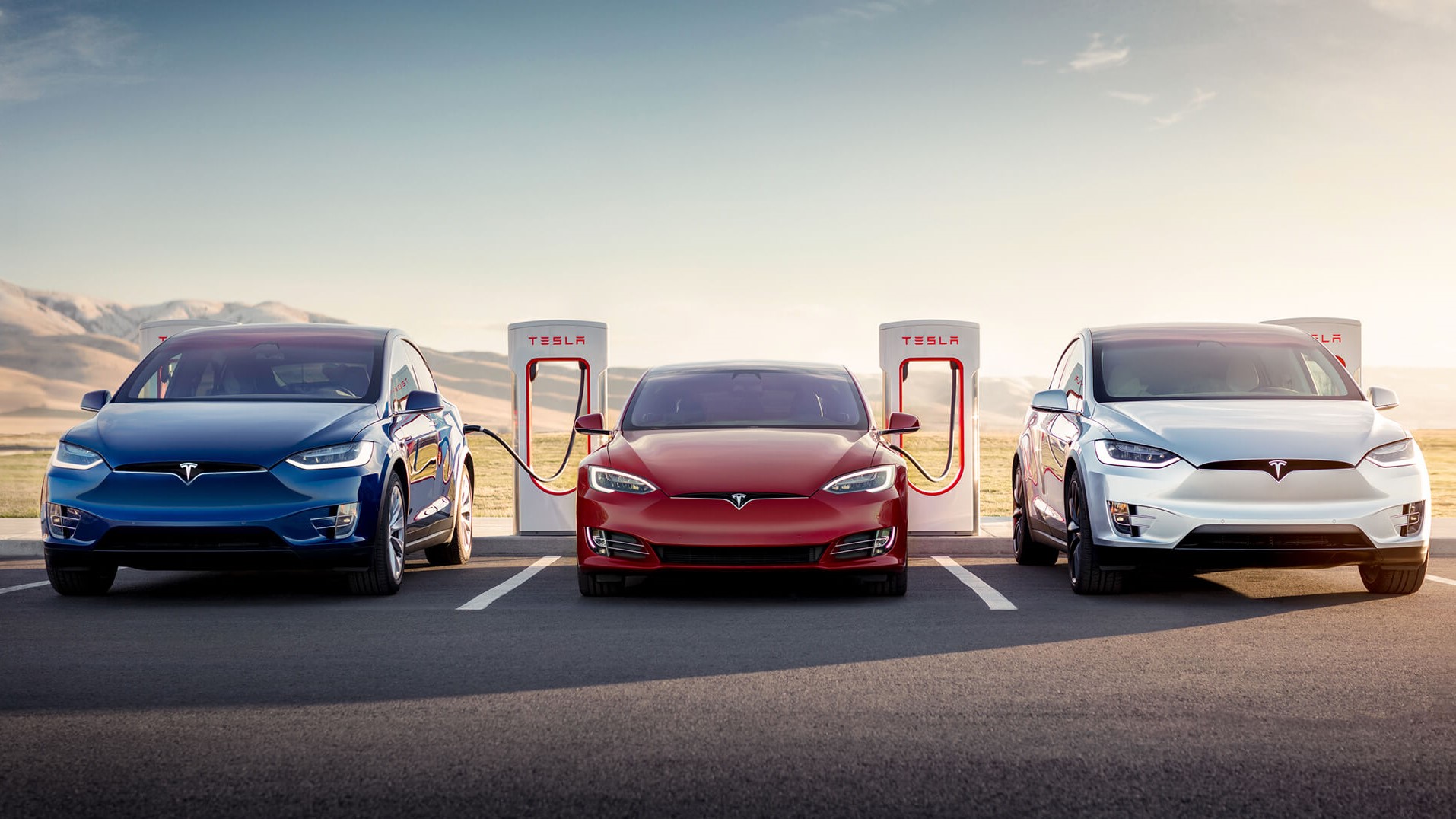Biden executive order demands 50% electric cars by 2030 — pushes new incentives

President Biden is set to sign an executive order that calls for half of all new car sales to be either electric or plug-in hybrid by 2030. The administration is also working on a new point-of-sale incentive to drive buyers towards electrification.
Per a report by the Washington Post, this comes after months of talks with car manufacturers, autoworkers and environmental groups. It's a part of Biden's Build Back Better Agenda and the Bipartisan Infrastructure Deal to bring emissions down by 50-52% by 2030 from 2005 levels.
This tracks with U.S.'s reentering of the Paris Agreement at the start of Biden's administration, a reversal of the Trump administration's exit. At the moment, the U.S. is the second largest polluter of greenhouse gasses, after China, with transportation being the biggest culprit at 29% of total emissions.
- These are the best electric cars out right now
- Volkswagen ID.4 review
- Plus: Alfa Romeo aims to go all-electric by 2027
While Biden's target is lofty, it's less ambitious than the one being proposed in the European Union, which would ban new fossil-fuel cars from 2035. Granted, the EU legislation is facing pushback from automotive and steel manufacturing industries.
Per a fact sheet put out by the White House, the administration is working on "Delivering point-of-sale consumer incentives to spur U.S. manufacturing and union jobs." The extent of these incentives were not detailed. But the administration is working with Republican lawmakers to try and pass a federal EV tax credit as part of the infrastructure bill making its way through Congress. Whether it makes it through remains to be seen, but in May, a $12,500 tax credit for EVs made by union workers advanced via a Senate panel.
Curiously, the new target of half of all new vehicles sold in 2030 to be zero-emission includes "battery electric, plug-in hybrid electric, or fuel cell electric vehicles." Technically, while plug-in hybrids are zero-emission when in full electric mode, there are evaporative emissions when the gasoline-powered engine kicks in.
Biden Executive Order criticisms

The executive order is receiving criticism from some groups and experts, saying it has potential loopholes and doesn't go as far as Obama-era policies.
Get instant access to breaking news, the hottest reviews, great deals and helpful tips.
"This proposal delivers less carbon pollution reductions than the Obama-era standards and includes unfortunate loopholes that undercut progress," said Simon Mui, deputy director for clean vehicles and fuels at the Natural Resources Defense Council in an interview with the Post.
"It doesn’t go far enough because it doesn’t get the incentives right," said Dr. David Rapson, a professor of economics at UC Davis and the director of the David Energy Economics Program, in an interview with Tom's Guide via email. "Three things are needed to reduce transportation emissions: fewer cars, less driving in gasoline cars, and less driving in EVs that are powered by fossil fuels. You achieve those by making cars more expensive, gasoline more expensive, and electricity generated from coal and gas more expensive. The EO (executive order) doesn’t even mention any of those things."
A further analysis by the Post shows that the Senate's $3.5 trillion infrastructure bill falls short of expectations set by climate activists and progressives. At the moment, the Committee of Environmental and Public Works has only allotted $50 billion towards clean air, clean water, emissions and environmental justice.
Ford, GM and Stellantis weigh in

Ford, GM and Stellantis (formerly Fiat Chrysler), have signed on for a "shared aspiration" of 40-50% of annual U.S. sales to have some sort of electrification, whether it be full EV, or plug-in hybrid. While not as ambitious as Biden's executive order, it does point a major shift from America's largest automakers.
Considering that Tesla stock is worth more than Ford and GM combined, while producing a fraction of the vehicles, it points to Wall Street and consumer bullishness on the future of EVs. It's no surprise that all three are working on new EVs, including the Ford Mustang Mach-E, Ford F-150 Lightning, Hummer EV, Chevy Silverado EV and Jeep Magneto to name a few. Fiat is actually going all electric by 2030.
"Automakers are going to do what’s most profitable for automakers," said Dr. Rapson. "If the American people want EVs, automakers will make EVs. If Americans want gasoline cars, they’ll make gasoline cars. On the margin, the government can nudge the market in the direction it wants, but dramatic change, like reaching 50% EV sales by 2030, will require genuine, widespread consumer enthusiasm for EVs."
At the moment, much hinges on the bipartisan infrastructure bill which requires Republican support. Because the Senate is unwilling to do away with the filibuster, a 60-vote threshold will be needed. This has pushed Biden's initial multi-trillion dollar proposal down to $1 trillion. As such, just $7.5 billion is set aside to add vehicle chargers across the country, half of what the Biden administration called for.
And according to Dr. Rapson, he believes that given the magnitude of the climate crisis, stronger measures need to be taken to push industries towards cutting emissions.
"Until they set a national price on carbon emissions, they aren’t taking the problem seriously enough."
Read next: New York State is going to ban non-EV sales by 2035 — here's what you need to know

Imad is currently Senior Google and Internet Culture reporter for CNET, but until recently was News Editor at Tom's Guide. Hailing from Texas, Imad started his journalism career in 2013 and has amassed bylines with the New York Times, the Washington Post, ESPN, Wired and Men's Health Magazine, among others. Outside of work, you can find him sitting blankly in front of a Word document trying desperately to write the first pages of a new book.
